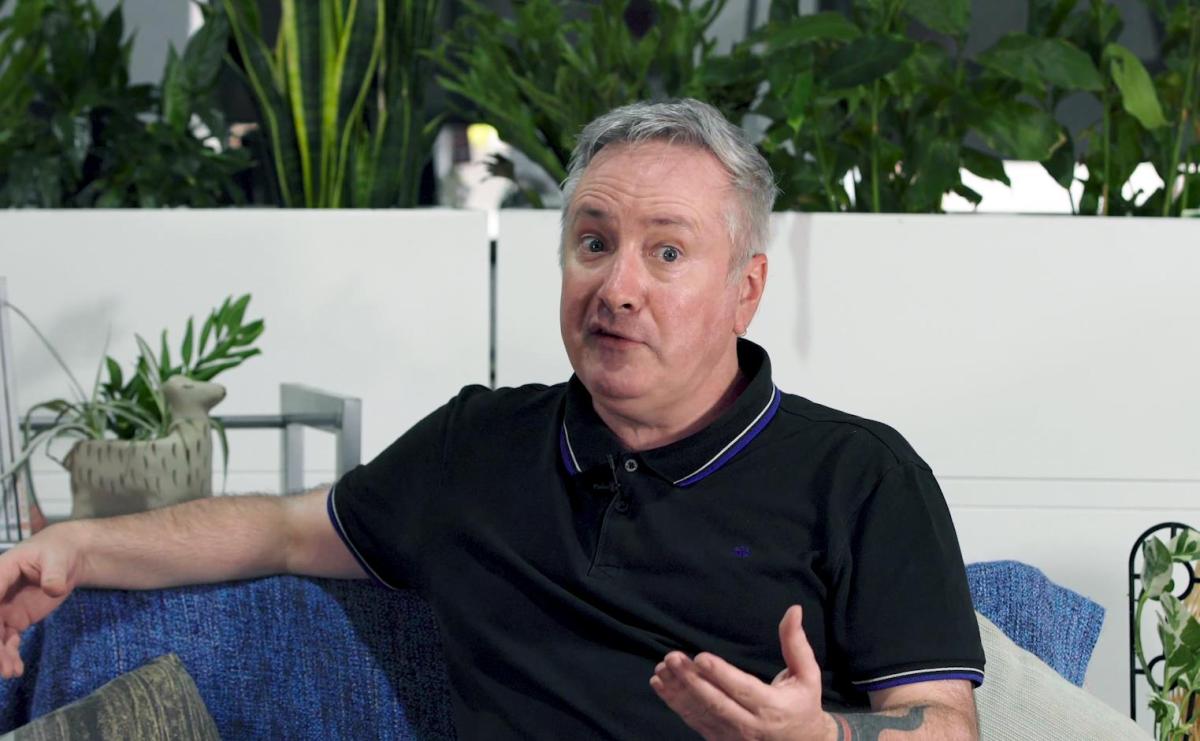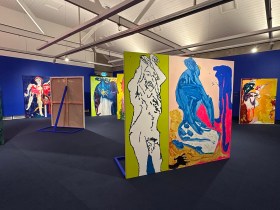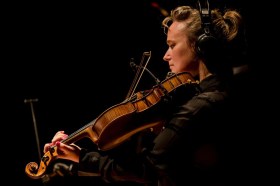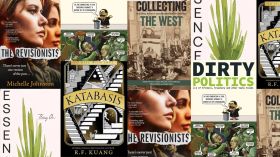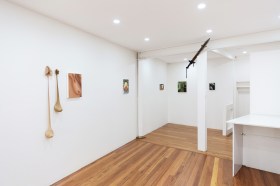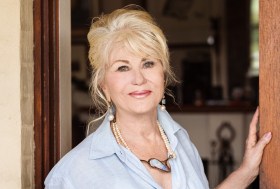Want your art to be discovered more easily or just think your website is getting lost in the noise? In this video we look at how your art can be promoted through social media and on search engine results pages. We explain how the Google search algorithm works, we look at how you can start your own e-newsletter, and we introduce you to social media marketing.
Useful timestamps:
00:32 – Promote your brand name
01:17 – Using social media
02:40 – The benefits of multi-platform posting
03:39 – Social media marketing
04:50 – The basics of google algorithms
05:51 – Basic search engine optimisation
06:42 – Keyword research
07:58 – E-newsletters
08:51 – Cross-promotion with other artists
Presented by Richard Watts.
Artists Essentials Toolkit is a co-production of ArtsHub and Creative Victoria.
We acknowledge the Traditional Owners of the land on which this content was created. We pay our respects to Elders, past and present and future.
Music:
‘Eternally Alone’ by Poppongene.
Released by Our Golden Friend.
Watch: Artists Essentials Toolkit video #1: How to get your art online
Other ArtsHub Resources
Why the words you use count in SEO
A Beginner’s Guide to SEO
13 ways to build a strong social media presence
How to social media like a pro
How to make the most of Instagram
Transcript of video
It’s great to get your art online, but if you want to really make it stand out there are some digital skills you need in your publicity toolkit. In this video we’ll look at how to promote your brand, the benefits of different social media platforms, the basics of the Google algorithm and how to create content for it, starting your own newsletter and sharing with your artistic community.
00:32 – PROMOTE YOUR BRAND NAME
Branding is all about what sets you apart from the rest. It’s about creating an identity and promoting it within your community. A quick and easy way to start is with social media. You can promote your artworks, events or latest news, interact as an expert in forums, and present views that will shape your brand identity. Keep it smart and steady. Avoid being a flash in the pan and find that sweet spot between promotion and over-promotion. Be generous and share others’ views and discuss their content as well as spruiking your own. Think of your message as a cohesive and well-styled story told across the appropriate channels.01:17 – USING SOCIAL MEDIA
With so much choice it can be hard to decide on which social media platforms suit you best. Depending on your business needs and target audience, Facebook, Instagram, Twitter, Pinterest and LinkedIn can all be great ways to get your work noticed. Facebook. It’s good for telling your story, and videos work well. You could show video footage of mood boards and the resulting work. Instagram. Posts should be simple, appealing and mobile friendly, or work well on Instagram Stories and Instagram.TV. You could post in-progress shots from your studio to build that anticipation. Twitter. Twitter is fast and newsy, so make key information direct and clear. Digital postcards are eye-catching options to let people know new works are available. LinkedIn. Here’s where you can post specific, expert, career-oriented information about your new work and emphasise the benefits of interacting with it. Do your research and consider your needs. You could trial each social media platform for a limited time or until you feel that you are on the right track. Then go with your instincts to choose what works best for you and for your art. Remember, using social media should be (at least a little bit) fun.02:40 – THE BENEFITS OF MULTI-PLATFORM POSTING
Multi-platform posting is about creating content and re-working it across your social media channels. This keeps your profile active online and helps you grow a larger fan base. Managing your social media can become huge and exhausting, so block out 1-2 hours each week to schedule posts in advance (using a tool like Hootsuite or Sprout Social) and allot a limited amount of time every day to checking your social media and responding to comments. The main thing to remember is that you can’t craft one message then just slap it up across all channels. Each platform has different image specs, different word counts and different formats, so you need to tailor your messages to A) fit within the parameters of the platform and B) be appropriate to how people use it. Even your tone of voice should fit with the platform – more professional for LinkedIn, quicker and snappier for Twitter.03:39 – SOCIAL MEDIA MARKETING
We’ve talked about social media platforms, but let’s go a little deeper into how to use them to market your art and create a community around your brand. Things to consider include:- Which platform. Choose the platform that will best suit what you want to promote.
- Frequency. Consider the lifespan of a post and post accordingly. Think once a day for Facebook, once or twice a day for Instagram, at least three times a day for Twitter and at least twice a week, at the start of the business day for LinkedIn. Spread your posts throughout the day to account for international audiences too.
- Consistency. Get known for being consistently engaged and consistently posting high-quality content. Don’t post the same thing over and over again, spamming your content means you will lose followers.
- Hashtags. Look at the hashtags used for similar artists so your work can be found alongside theirs. Create new ones to start a discussion.
- Maintenance. Take the time to respond to comments from your followers. Comments create an instant dialogue and foster community.

